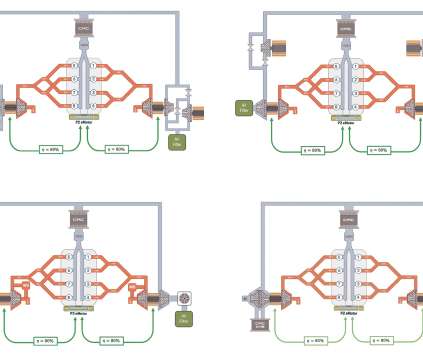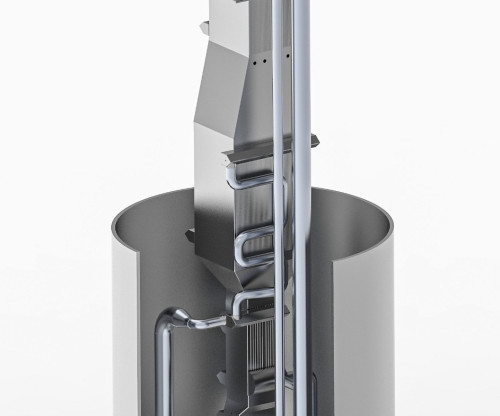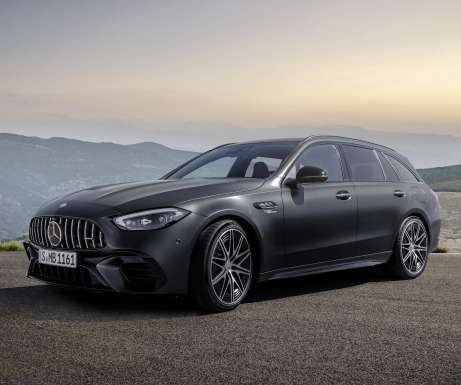Porsche simulates hydrogen V8 for virtual Nordschleife run; 440 kW, 261 km/h, near-zero NOx
Green Car Congress
AUGUST 19, 2022
We have therefore developed a hydrogen combustion engine that aims to match the power and torque of current high-performance gasoline engines as a concept study. On the other hand, however, the lower exhaust gas temperatures result in a lack of energy for their propulsion on the exhaust side. —Vincenzo Bevilacqua.




































Let's personalize your content